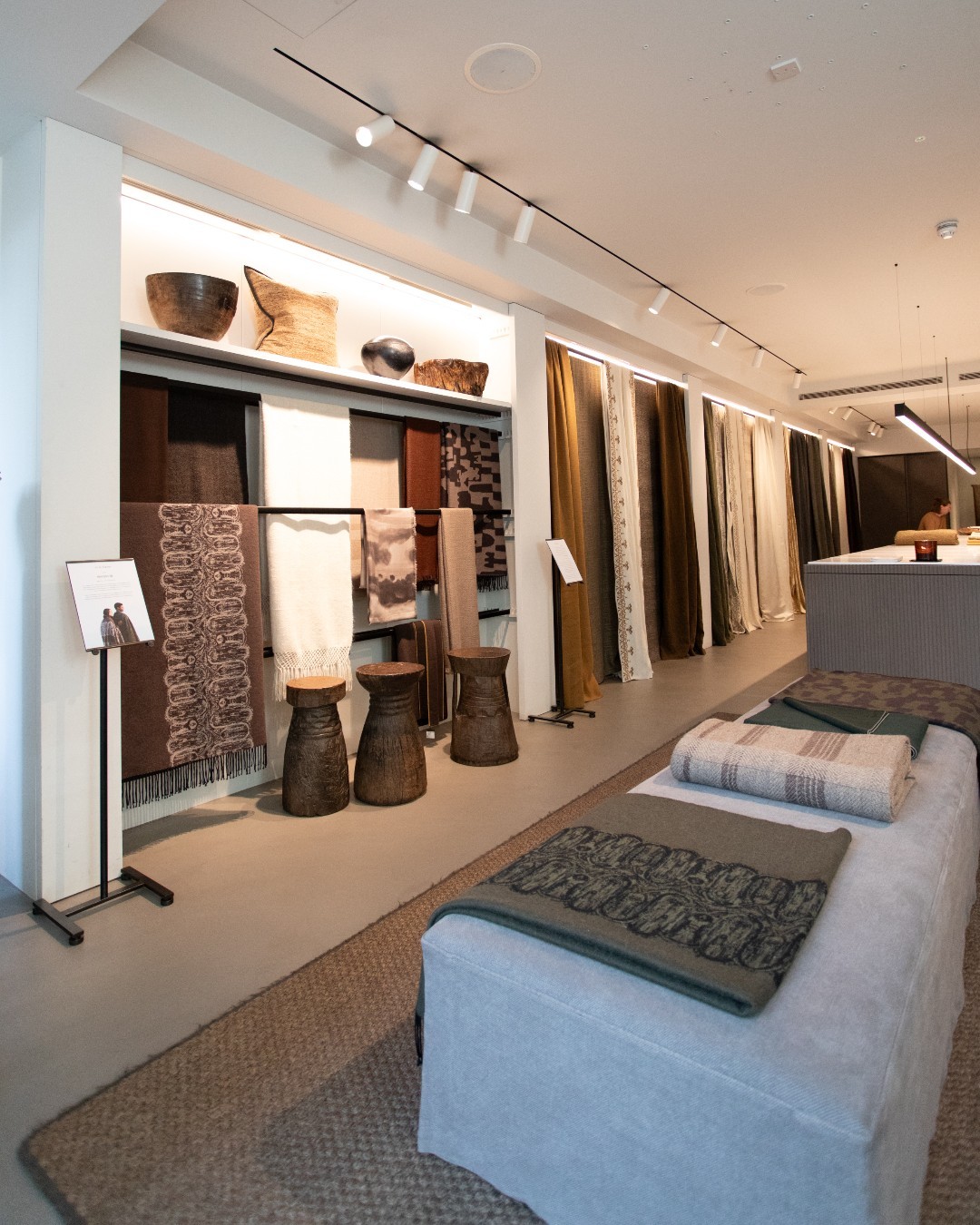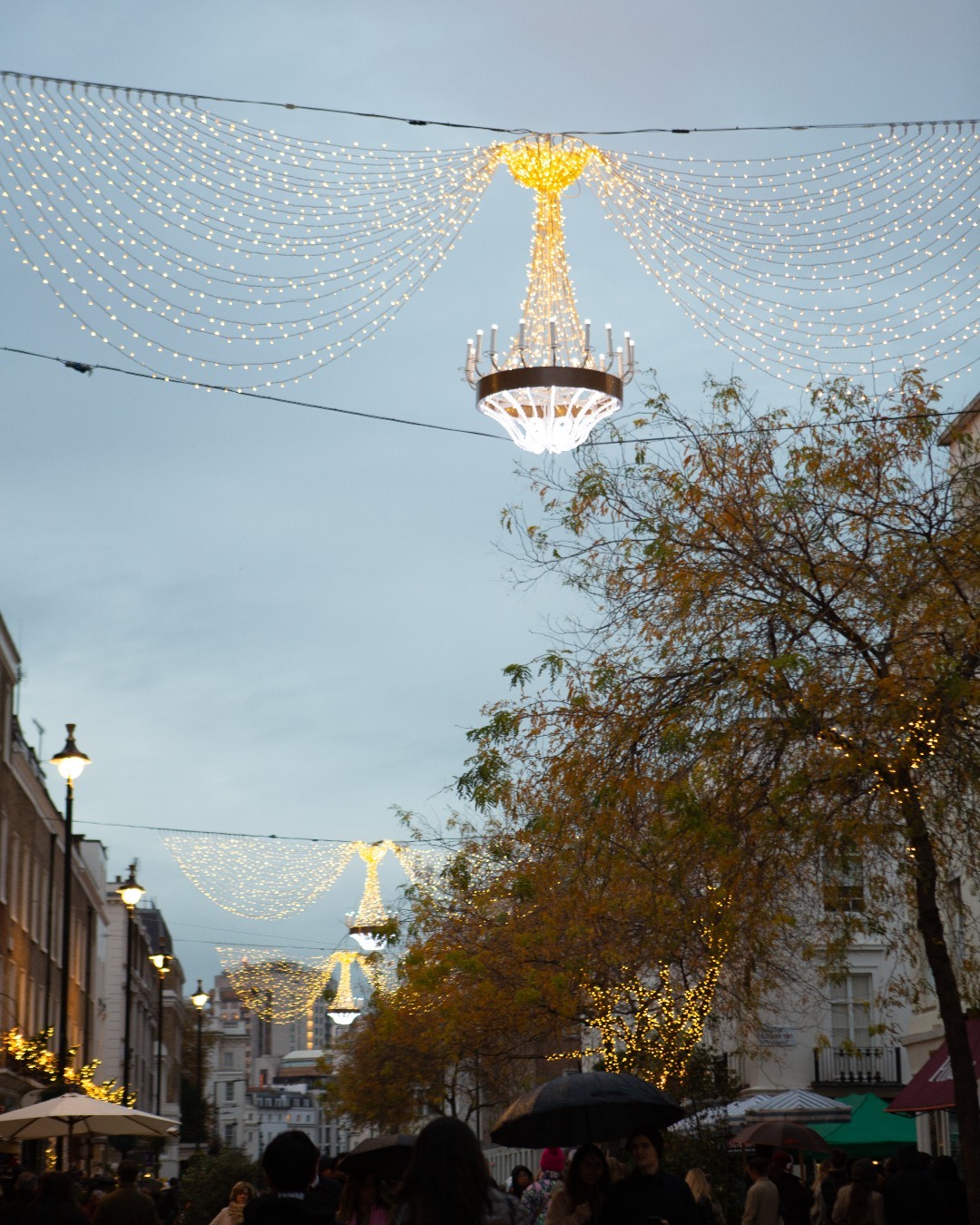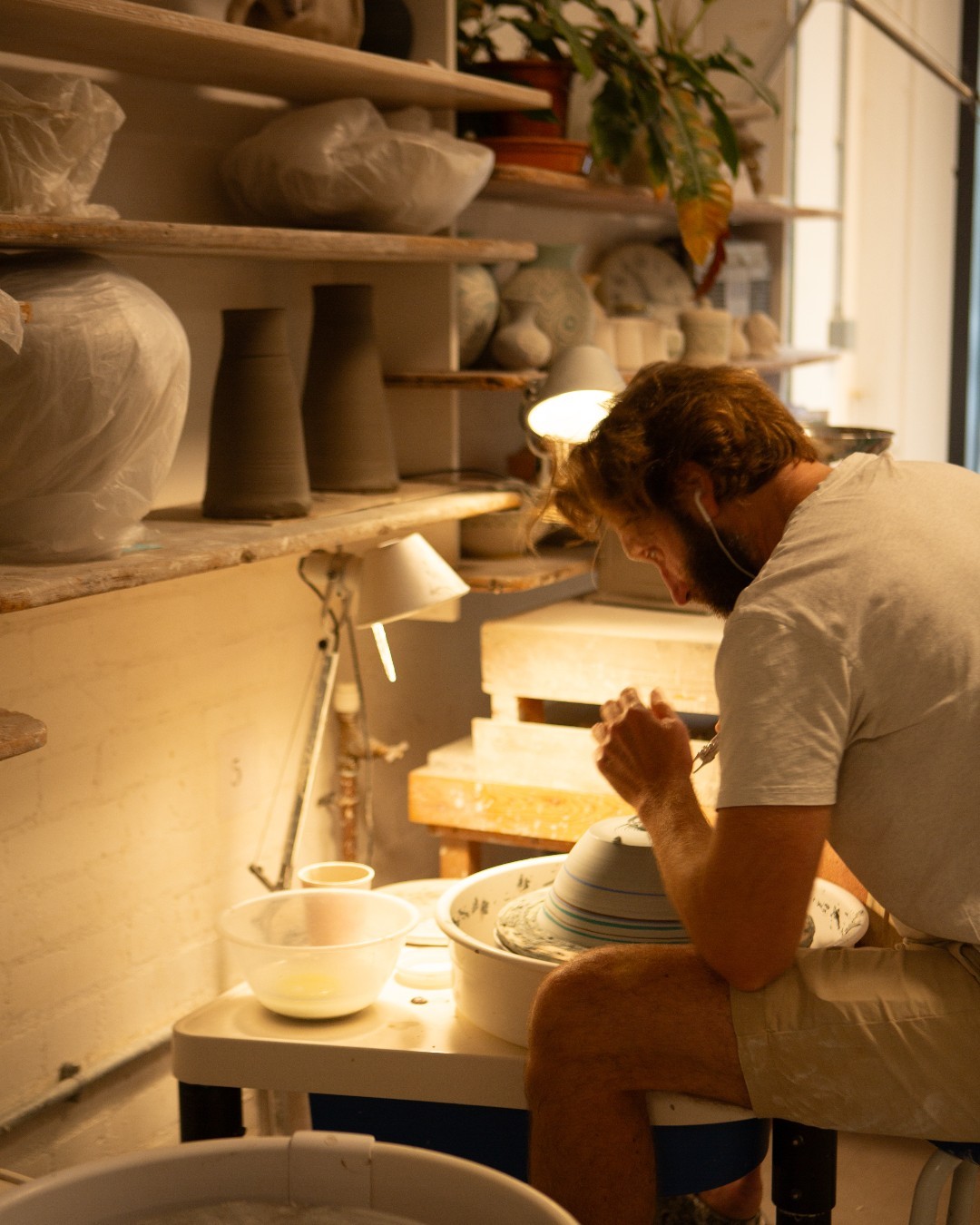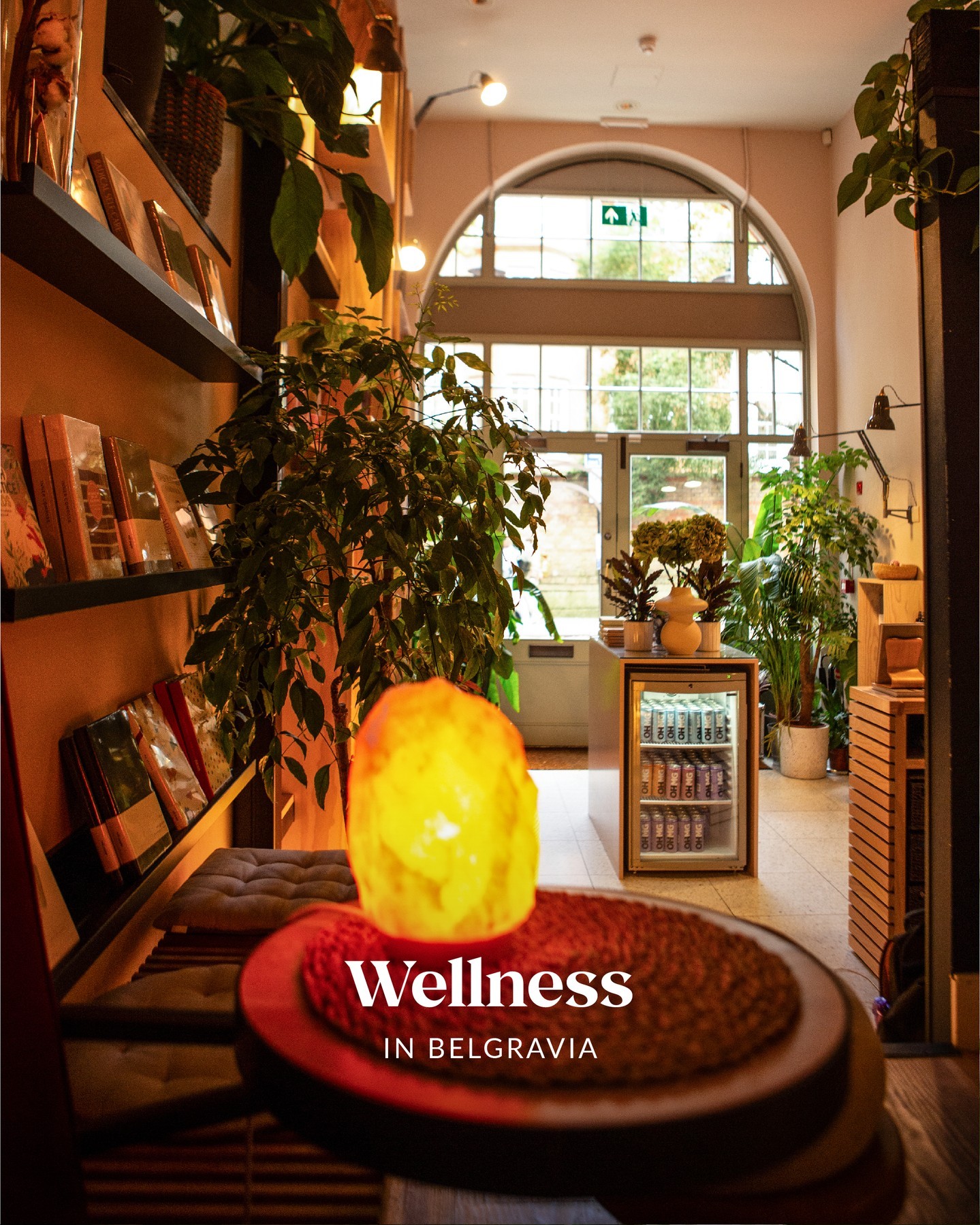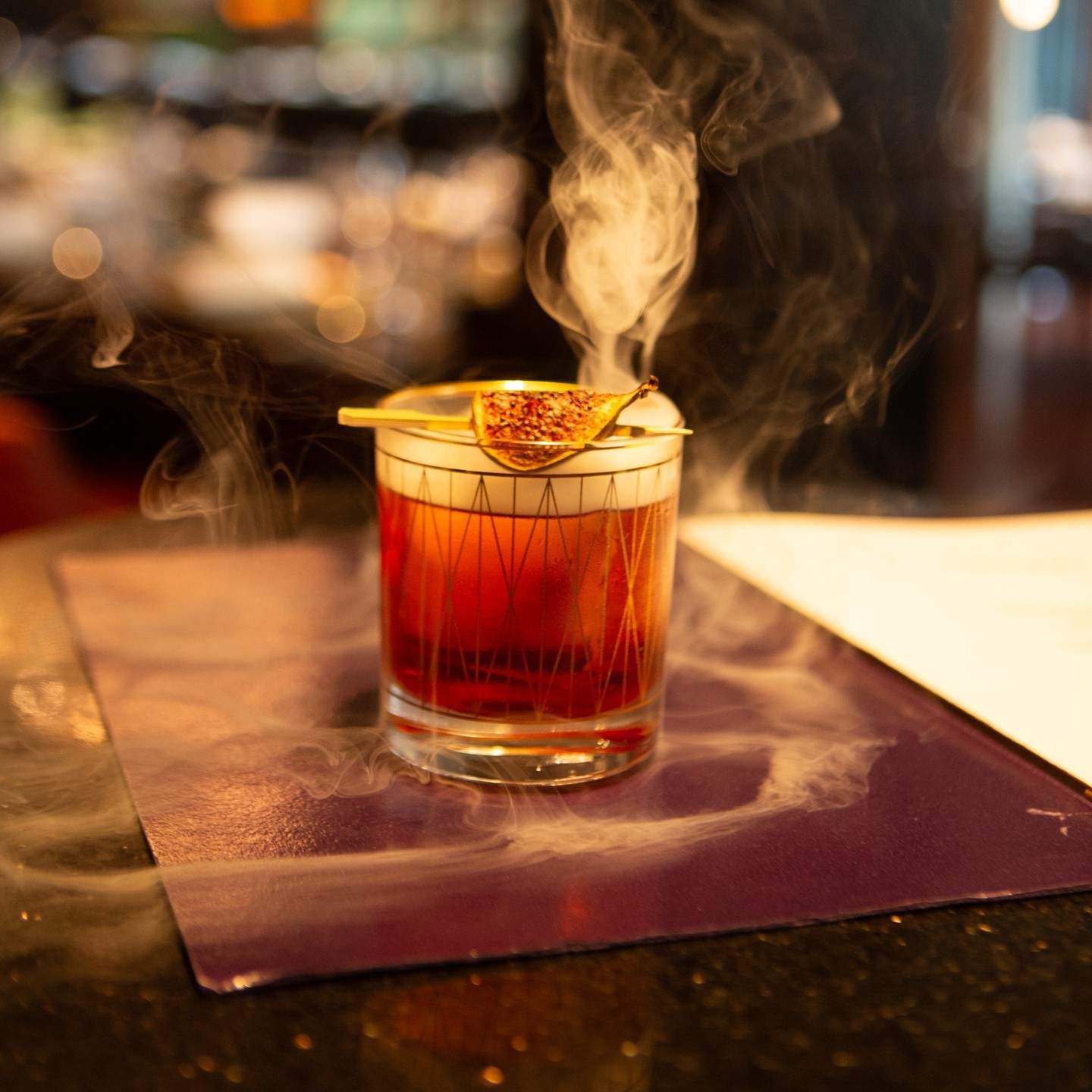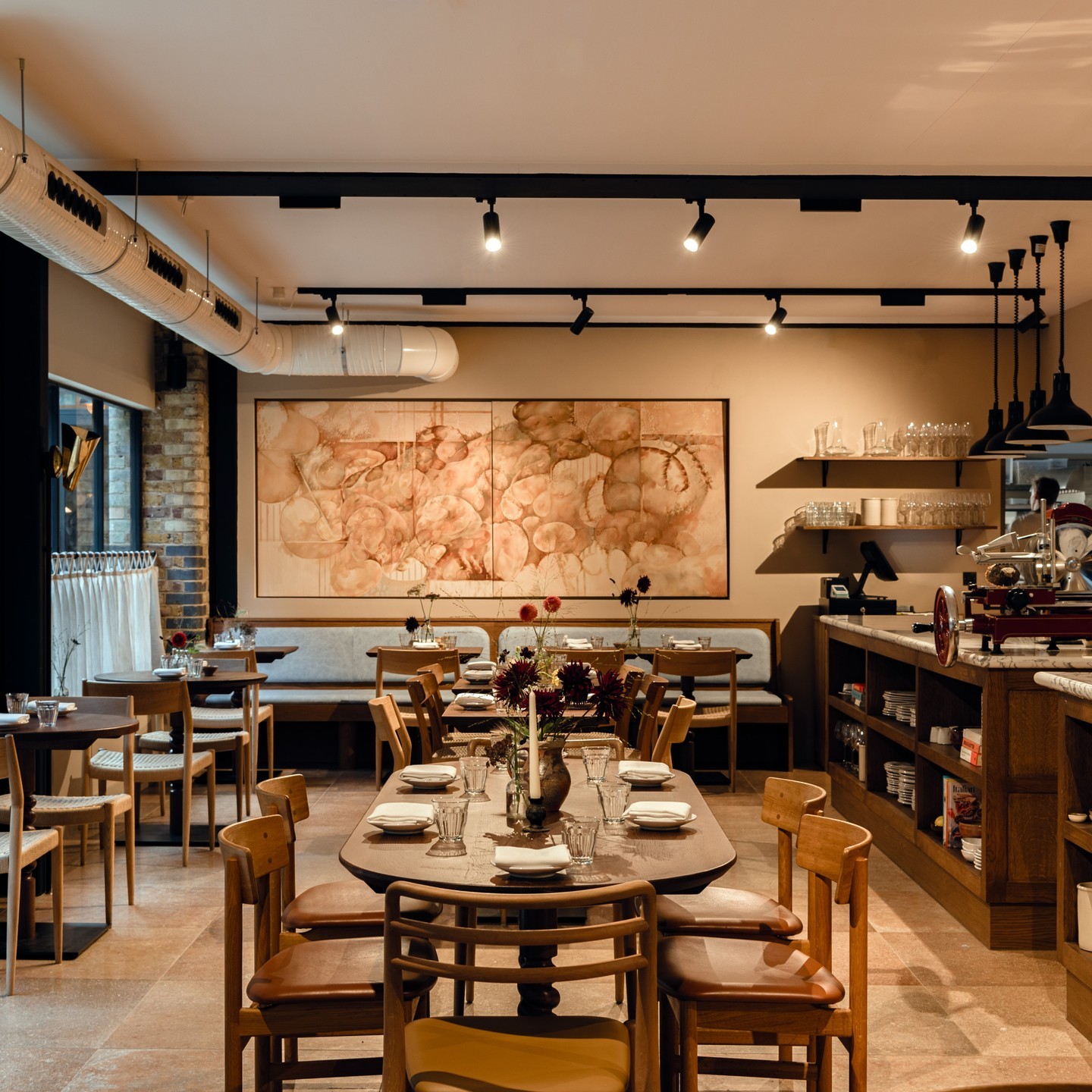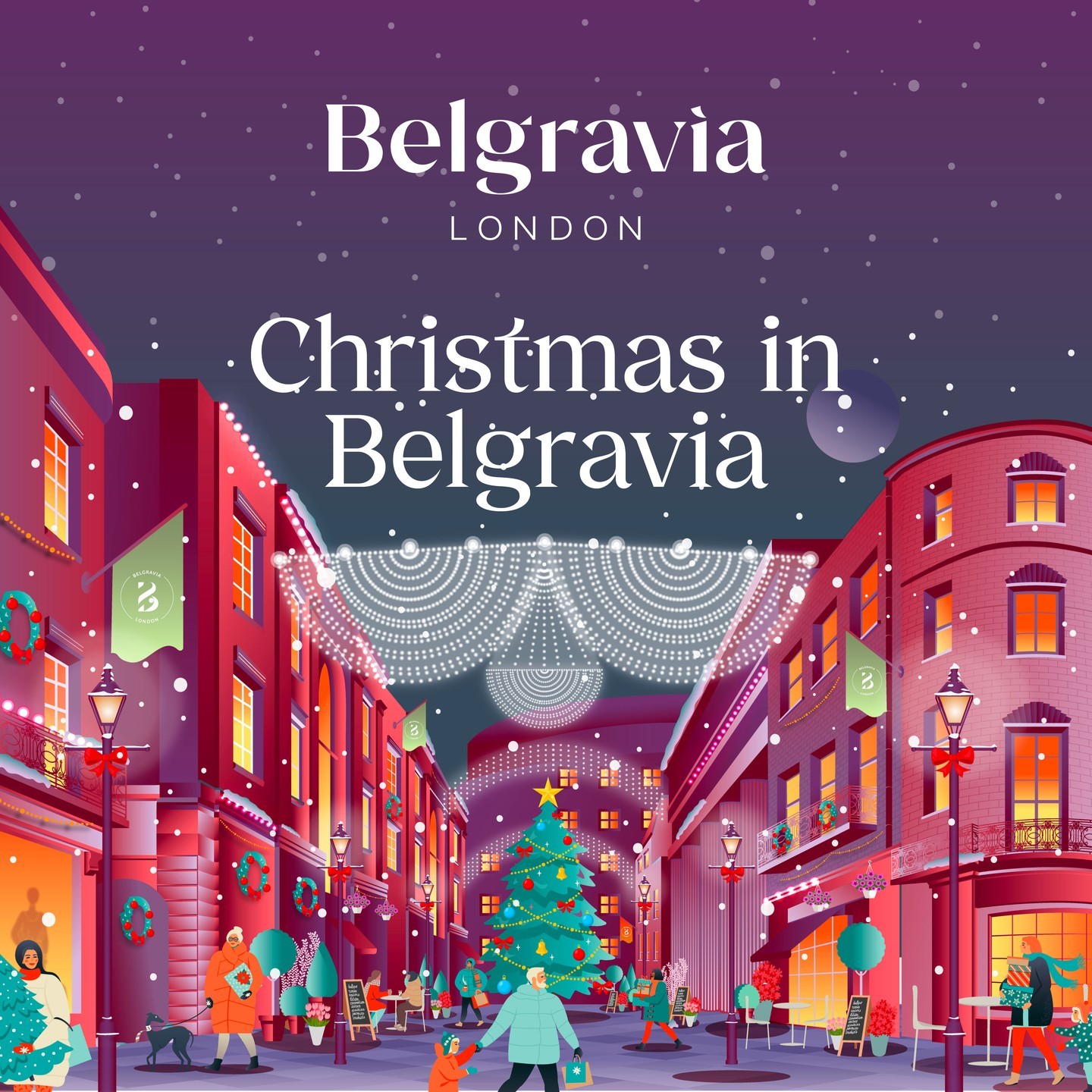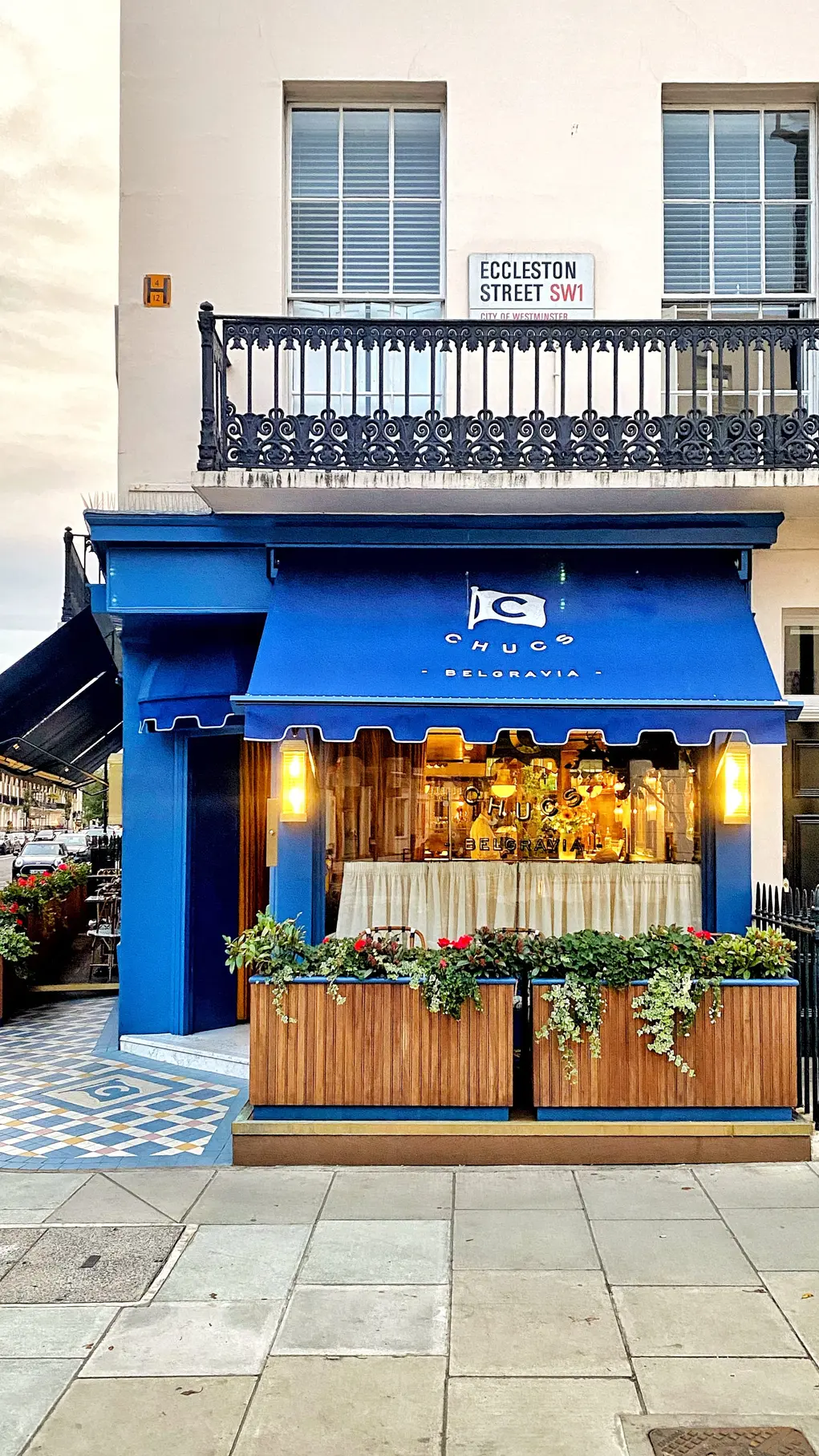The Real Belgravia: Behind The TV Series
One of London’s most historic districts, Belgravia has long been a popular setting for books, TV series and films. Over the years, the area has been home to some of London’s most distinguished and fascinating families. From prime ministers and authors to actors and aristocrats, the area has always been a magnet for the capital’s elite. As a result, Belgravia has seen a huge amount of intrigue, drama and even scandal over the decades.
With so much going on behind closed doors, it’s no surprise that the area has inspired countless creative minds and a large number of fictional works. One of the most recent is Belgravia, a period drama based on the book of the same name by Julian Fellowes. Set in the early 19th century, it offers a tantalising glimpse into the dramas and scandals that may well have rocked the district two hundred years ago.
Julian Fellows’ Belgravia TV series
Julian Fellowes has been one of the country’s favourite writers for decades. Perhaps most famous for creating Downton Abbey, Fellowes also wrote a number of other much loved films and series including Gosford Park, The Young Victoria and Vanity Fair. He specialises in conjuring up the lost world of 18th and 19th century England, bringing a whole host of characters to life in the process.
In Belgravia, Julian Fellows’ series for ITV, we see a world in the throes of the Napoleonic Wars. The series opens at the Duchess of Richmond’s ball, a famous event that took place in Brussels on the eve of the Battle of Quatre Bras, two days before the Battle of Waterloo. From there, the story moves forward almost 30 years and takes us back to Belgravia. There, it follows the nouveau riche Trenchard family as they rub shoulders with the upper classes of Belgravia. As the Belgravia TV series unfolds, we see how secrets from the past threaten to rock the established world of Belgravia’s elite. Click here to view our interview with Julian Fellowes.
The real Belgravia
Up until the 18th century, the area we now know as Belgravia was a relatively rural part of outer London called Five Fields. Though a pleasant place to be during the day, the area had a reputation as a violent and dangerous spot after dark. It wasn’t until George III moved into nearby Buckingham Palace that the area shed its bad reputation and began to evolve into the beautiful and exclusive area we see today.
In the 1820s, Richard Grosvenor, 2nd Marquess of Westminster, commissioned Thomas Cubitt to design an estate that would rival Mayfair. Over the next 30 years, many of Belgravia’s most famous roads were built, including Belgrave Square, Eaton Square and Belgrave Street. These roads were filled with elegant and expansive properties that were soon snapped up by the great and the good. Designed for London’s emerging business class as well as its more established elite, the homes boasted large reception rooms, multiple bedrooms and sunny gardens, making them the perfect places to entertain and socialise. It would have been in grand townhouses like these that the dramas and scandals like those in the Belgravia TV drama would have played out. Soon, many of London’s most famous families had moved to the area and it quickly became one of the most desirable spots in the capital and still is today.
Filming Belgravia
Unlike other parts of London, Belgravia has managed to retain much of its period charm and very little of the area has been developed or modernised. As a result, its sweeping Georgian crescents and elegant squares still stand, giving residents and visitors a glimpse into 19th century life in the capital.
Although Belgravia is more or less pristine, the makers of Belgravia, Julian Fellowes’ TV drama, chose to film many of their exterior shots miles away in Edinburgh. The New Town area of the city stood in for Belgravia in a number of scenes, while other parts of the series were filmed in Berwickshire and West London.
Other key Belgravia locations included Hampton Court Palace (a stand-in for various locations including Hyde Park, Green Park and Kensington Gardens), Syon House which was used for the Trenchard’s London home, the Athenaeum Club in London, Chatham Dockyard and Quarry Bank Mill in Wilmslow. Specially chosen for their period aesthetics and photogenic looks, these locations helped to make the Belgravia TV series one of the most elegant and attractive shows of the year.
Exploring Belgravia
If watching Belgravia got you interested in this exclusive part of London, why not take a stroll through its elegant streets and get to know the district a little better? Walk from Buckingham Palace to Knightsbridge, admire the beautiful properties on Wilton Crescent, cross Belgrave Square and admire the peaceful surroundings of Eaton Square Gardens.
On your way, you can stop to refuel in some of the many excellent restaurants that dot the area. You can also enjoy a little retail therapy in one of the famous shops of Motcomb Street or Elizabeth Street.
If you want to learn a little more about the district’s history, and imagine the sort of families that would have lived in these imposing houses, take the time to notice the blue plaques that adorn many of Belgravia’s buildings and squares. At 93 Eaton Square, you’ll see a blue plaque to honour former Prime Minister, Stanley Baldwin. Another prime minister, Sir Henry Campbell Bannerman, has a plaque at his former home, 6 Grosvenor Place, while James Bond Author, Ian Fleming, lived at 22 Ebury Gardens for a number of years. Other notable former residents include Neville Chamberlain, Vivien Leigh and Lord Mountbatten, the Last Viceroy of India.
As Belgravia is just a stone’s throw from central London, and within easy reach of a number of transport links to the likes of Knightsbride, Hyde Park Corner, Victoria and Sloane Square, getting out to explore this historic and beautiful part of the capital is easy.
Find out more about the history of Belgravia, and learn about the restaurants, shops and attractions that dot the area, by exploring our site or getting in touch with a member of our team. What’s more, take a look at the walking guides on our website to help you get the best out of your time in Belgravia.

